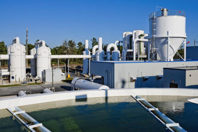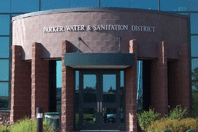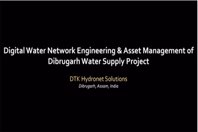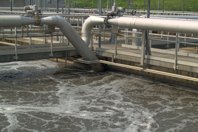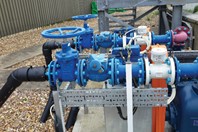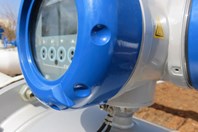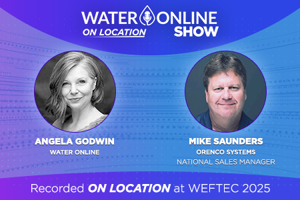WASTEWATER MEASUREMENT RESOURCES
-
The arrow is pointing up for the water and wastewater industry, thanks to funding and technology advances, but certain work remains to ensure the promise is fulfilled.
-
Our customer case studies illustrate how our proven level and flow controls are helping industry leaders improve the safety of their mission-critical applications. This recent case study demonstrates that pulse burst radar technology can provide a highly reliable level control solution for challenging process applications.
-
Artificial Intelligence (AI) offers a promising solution to the challenges posed by energy-intensive aeration processes and the consequent escalation of operational costs in wastewater treatment.
-
While far from prolific, applications of artificial intelligence (AI) in the water and wastewater industry are nothing new. AI and machine learning have been used for data analytics for years. However, for small utilities and those with an aging workforce, these tools seem too high tech and costly to be practical. This doesn’t have to be the case, though. AI tools — particularly generative AI (Gen AI) and large language models (LLMs) — are able to address critical workforce shortages and resource constraints within the water and wastewater industry.
-
Learn about the advantages and implementation of AMI from experts who are making “smarter water” a reality.
-
Explore how the Parker Water and Sanitation District supported its explosive population growth with secure and long-term, high-quality water service from FreeWave.
-
Situated on the banks of the Brahmaputra River, Dibrugarh is a major city in Assam, India, and an emerging industrial, educational, and health care center in the region. Despite its riverside location, the town has no centralized potable water supply facility for the 25,391 households, home to 167,733 people. Given the unreliable, inequitable water supply and highly compromised water quality, the government initiated a water infrastructure project to ensure adequate distribution and 24x7 access to clean drinking water. The USD 25 million initiative includes engineering, procurement, and construction of a 220-kilometer integrated water network. DTK Hydronet was hired as the engineering consultant and faced coordination and engineering challenges while working with the contractor and utility, as well as addressing non-revenue water (NRW) concerns.
-
Dissolved oxygen sensor monitoring is critical to making wastewater plants run smoothly and within regulations. Here are some fascinating things people can learn by looking at data from these devices.
-
Innovation is upon us in flow meter design, allowing for more technology options and better precision. Don’t let faulty installations or O&M set you back.
-
Get to know the basics, best practices, and importance of flow meter calibration from an industry expert.

